You’re stuck in a parking lot. Turn the key, nothing. Not even the sad click-click of a tired battery. Makes you wish you’d given your car’s battery a bit more attention, right? Cars these days are basically rolling computers—your radio, lights, locks, phone charger, and even the fob all sip power from the battery. Run the wrong battery, and you’ll find out real quick how cranky your car can get. The choice isn’t as simple as “big black box with two posts.” If your neighbor says all batteries are the same, don’t listen. Hidden under that plastic hood is a soup of chemistry and engineering. Get it wrong, and you risk sluggish starts, hidden electrical gremlins, or—my favorite—getting stranded right when you’re already running late. Picking the correct battery for your car isn’t rocket science, but there are important details you have to know. The trick is learning what matters and what’s just marketing fluff. And no one wants to overspend for a fancy label with glowing reviews online but a short life in reality. Let’s break it down so you can know for sure what battery actually fits correct battery for my car needs and dodge hassle down the road.
Why the “Right” Battery Matters: More Than Just Size
Let’s get honest—most folks never think about car batteries until their car refuses to start. It’s easy to think one size fits all, but manufacturers are not just making things up when they specify battery types. Your owner’s manual isn’t just a dusty glove box accessory. It’s your cheat code for battery success. Matching the right battery means your car gets the right amount of power at the right moments. Under-the-hood temperatures, engine size, electrical load, and even your city’s weather all affect what battery your ride needs.
Start with the basics. Batteries are measured by group size, cold cranking amps (CCA), amp hours (Ah), reserve capacity (RC), and voltage. Miss on any of these, and it’s not like your car will politely tell you. It’ll just refuse to start—or the check-engine light will throw a tantrum. Group size is all about physical fit. Open the hood, and look at the tray where your battery sits. Too big? It won’t fit. Too small? It’ll rattle and maybe jump out on rough roads. The Battery Council International (BCI) chart lists dozens of group numbers—some for European cars, some for Japanese, some for trucks and SUVs. A Honda Civic might use a 51R; a Ford F-150 often needs a 65. Trust me, if you walk into an auto parts store just asking for “a battery,” you’ll overwhelm the poor employee—show up with your specs or, better yet, your old battery for a match.
Next is cold cranking amps. This one trips up more people than you might think. CCA tells you how much juice a battery can deliver to crank your engine in freezing weather. If you live where snow and subzero mornings are normal, never skimp here. Pick a battery with less CCA than your manual suggests, and your car might not start in January. Go higher if you want (no harm, sometimes even a bonus), but don’t go lower. Then comes amp hours and reserve capacity. Think of these as the “staying power” of your battery. If you leave your headlights on for ten minutes while grabbing coffee, will you still be able to start your car? Reserve capacity gives you an idea—good for folks who love their sound systems or have tons of electronics going. Some folk install winches, plug in coolers, or run dashcams nonstop. Bigger reserve is your friend. Amp hours matter more for boats and RVs, but with cars running more fancy gadgets every year, it’s creeping up as a concern.
Weather does more than punish you; extreme temperatures are battery killers. Summer heat cooks batteries from the inside, boiling off the vital fluids. Cold snaps slow chemical reactions, making the engine harder to turn over. Live in Phoenix? Heat is your enemy—ask for a high-heat, sealed, or AGM battery. Minneapolis winter? CCA is king. Rain, snow, and even high humidity can sneak up on you if poor seals let moisture in. Today, most new cars come with “maintenance free” batteries—great until one day they aren’t. Traditional lead-acid batteries let you check and top up water levels, but most sealed designs keep you out. That’s less mess, but it also means you get fewer warning signs before failure. Check battery age religiously and don’t expect miracles from one that’s five years old, even if it seems fine.
You might have noticed some weird car problems—slow window movement, blinking dashboard lights, or flaky infotainment glitches. Sometimes, that’s a dying battery—not a ghost in the machine. Modern vehicles rely on steady voltage for their computer brains, so a weak or mismatched battery can trigger all sorts of false alarms. My pal’s BMW kept flashing warning lights and resetting radio presets every week until we swapped in a matched battery. Problem solved, and his sanity returned.
Different types of batteries exist, each built for special purpose. Standard flooded lead-acid batteries are cheap and work fine for basic needs. AGM (Absorbed Glass Mat) batteries are tougher, better for start-stop vehicles, and shrug off deep discharges with less long-term damage. Some luxury cars and hybrids insist on AGM or even newer lithium tech. Plug in the wrong type, and some cars simply won’t behave right—trust me, I’ve seen this first hand.
And let’s not forget warranties. Cheap batteries can leave you hanging just a few months in. A solid warranty means a better chance the company uses quality parts inside. When my wife Felicity’s Subaru Outback ate an off-brand bargain battery in two winters, swapping for a name-brand with a three-year replacement guarantee made all the difference. For peace of mind, it’s worth the few extra bucks up front.
So, picking the right battery makes life easier right now—and way less stressful six months from now. Treat it like a small investment in not hating Monday mornings.

How to Find Your Exact Battery: Steps, Tools, and Good Old-Fashioned Checking
Don’t have your owner’s manual? No need to panic. Plenty of cars out there with missing books and faded stickers under the hood. Here’s the shortcut: start with what’s inside your car already. If the battery has clear labels, snap a photo of those numbers—especially group size, CCA, and any other specs. Take that picture to any auto parts store and hand it over. This saves so much headache; I can’t count the number of times I’ve rescued friends from bringing home the wrong battery on a Saturday morning.
Online battery finders are a blessing—websites from places like Interstate, AutoZone, or Advance ask for your make, model, year, and even trim. They cross-match what fits perfectly. If you enter “2021 Toyota Camry XSE,” they’ll show exactly the batteries that fit, and sometimes suggest options if you need more power for your lifestyle. Don’t just pick the cheapest choice—it’s tempting, but the right battery pays off every day you drive. Sometimes you’ll even find that hybrid models, diesels, or sports trims use different batteries than the base edition of the same year. Tricky, right?
Check your battery terminals—are they side or top post? North American cars love side-post; Asian and European cars usually go with top post. If you mix this up, you’ll end up with a useless battery that won’t connect. Look at the location under your hood. Battery trays are molded to fit a specific group size. Trying to force a mismatched battery can lead to short circuits, busted connectors, or a battery sliding around. Always measure or check the fit before buying—or just bring the old battery so the store can match it for you.
Next, watch for polarity. Positive and negative posts must line up with your car’s cable lengths. If you flip this, not only is it a royal pain, but you could fry fuses or the car’s computer. Manufacturers set group conventions to avoid this, but double-checking never hurts—believe me.
Don’t rely solely on price or a big CCA number. Think about your car’s needs. Cars with lots of stop-and-go traffic often need batteries that store and recharge energy efficiently, so AGM batteries are often the pick here. Road-trippers hauling trailers, running fans, and using lots of gadgets? Higher reserve capacity is your friend. Old-school muscle cars may be happy with standard lead-acids and lower specs, but add a modern sound system or navigation and suddenly they’ll eat budget batteries for breakfast.
If you’re curious about the age of a battery sitting on the store shelf, look for the date code sticker—no battery ages well in storage. Pick one with a recent date stamp if possible. If the battery already has dust collected and a faded date, it’s been sitting there too long. No need to pay for a battery partly used up from sitting idle.
Don’t ignore professional battery testing. Most auto parts stores and some oil change places check batteries for free. They measure available charge, cranking capacity, and sometimes can catch hidden issues you’d never notice until the first cold morning. Sometimes, corrosion on terminals causes poor performance rather than the battery itself being bad—a little baking soda and hot water can save you from buying a new battery before you really need one.
Installation tip: when swapping your own battery, always remove the negative (black) cable first before the positive (red). When reconnecting, it’s positive first, then negative. This avoids accidental short circuits that can spike electronics. Reset clocks and radios as needed—sometimes alarm systems need a code or a little patience to recognize the new battery. Save receipts and warranty booklets, just toss them in your glovebox for quick reference.
If you really want to go the extra mile, consider a trickle charger or battery maintainer if the car sits for weeks. This is a common fix for classic car owners, but it also helps anyone traveling or using a car infrequently—like that minivan you only dust off for summer trips. These chargers keep the battery topped up without overcharging, extending its life and making sure it’s ready when you are.
And here’s a random fact: On average, batteries last 3-5 years, but extreme usage (lots of short trips, big electrical loads, or wild temperature swings) can cut that in half. Test your battery at the three-year mark, or you might regret it the next time your in-laws visit and you’re stuck calling for a jumpstart.

Best Practices, Pro Tips, and Common Mistakes When Choosing and Maintaining a Car Battery
New battery in hand, you’ve already dodged lots of common traps. But don’t stop caring the minute you drop the hood. First, get familiar with battery maintenance—even if yours is labeled “maintenance free.” Modern batteries are tough, but they aren’t indestructible.
Start with the basics. Check your battery for corrosion every few months. That weird blue-green gunk on the terminals? That’s corrosion—usually from acidic vapors leaking out and reacting with the air. Left unchecked, it chokes off power flow, turning strong batteries into weaklings. A paste made of baking soda and water, scrubbing with an old toothbrush, does wonders—just don’t let the solution drip onto your car’s paint. After cleaning, dab a bit of petroleum jelly on the terminals to slow new corrosion. This tiny bit of effort saves you tons of grief, especially in older cars.
Watch for signs your battery is going bad beyond just slow cranking. Dim headlights that brighten when you rev the engine, electrical gremlins (like the radio acting possessed), or needing to jump your car more than once a year are red flags. The earliest warning is usually the clock and radio losing their settings—this means voltage is sagging even overnight. Newer cars sometimes warn you right on the dashboard, but not always. Trust your gut—if your car “feels” off, get the battery tested before it leaves you stranded.
Don’t keep jump-starting a failing battery. Every jump stresses both your battery and your alternator. More than two jumps in a row? Load test it and get a new one. Replacing an old battery before it’s totally dead means fewer headaches and less risk of damaging newer car electronics with erratic voltage.
If you live where winter hits hard, consider using a battery blanket—a simple electric wrap that keeps your battery warm and ready. Not as fancy as it sounds, but it can make the difference on frigid mornings when your engine oil resists turning.
Never mismatch battery chemistry. Don’t swap an AGM battery for a standard flooded battery unless your car’s manual specifically lists both. Modern cars charge AGM and lead-acid types differently. Use the wrong type and the battery never charges right or gets cooked too quickly. Some luxury cars (like Mercedes and BMW) demand a special vented battery due to their interiors. Ignore that, and you risk fumes getting inside your cabin—not great on a summer road trip.
Batteries don’t like being deeply discharged. If you’re someone who likes hanging out in the car with music playing and the engine off, you’re draining the battery faster than you’d think. Even leaving the interior light on can drain some batteries overnight. If you do this often, consider a deep-cycle or AGM battery—they have more stamina for repeated drains and recharges.
Hot climates? Check the electrolyte level every so often if yours isn’t a sealed battery. Driving in Phoenix, we saw batteries boil away precious fluid before you could blink. Top up with distilled water if allowed—but never overfill, and don’t use tap water.
Never store a battery directly on concrete floors—strange, but true. Old battery designs leaked charge into the ground, and although modern ones are much better, it’s not worth risking slow discharge. Better safe than sorry; keep it on wood or plastic if you stock a spare.
Install a battery with handles if your car allows it—so much easier when you inevitably have to pull it for replacement later. Some batteries are heavy enough to throw out your back if you lift wrong, especially tall truck and SUV models.
If you ever notice swelling, leaking, or strange smells from your battery, replace it immediately. It’s likely overcharging, being cooked by the alternator, or has a manufacturing defect. Batteries don’t explode often—but when they do, acid and shrapnel are nobody’s idea of fun.
And when you’re finally done with that old battery, recycle it properly. Auto parts stores will often give you a “core” refund—cash back for returning the dead one, which gets broken down and reused. Dumping it in the trash is illegal in most places, and just plain bad karma.
Look at your battery as more than just a part—it’s the silent workhorse keeping your whole car alive. Whether you wrench your own cars or leave everything to the local shop, the right battery means fewer hassles, lower costs, and no “please don’t die” prayers on cold mornings. Next time you see someone stranded with jumper cables, you’ll know all the tricks—and maybe be the hero who gets them going again.


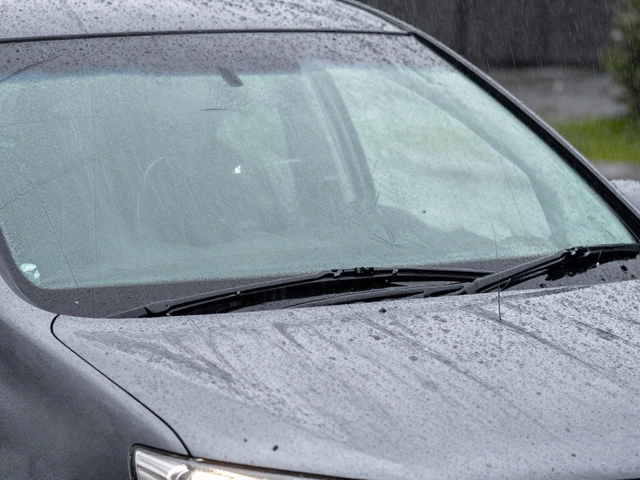
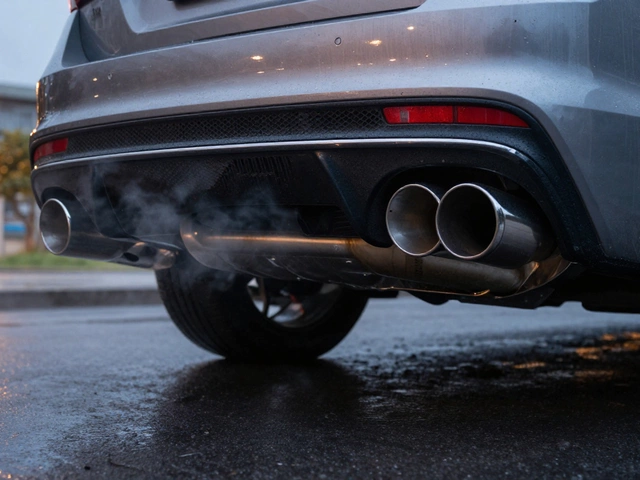
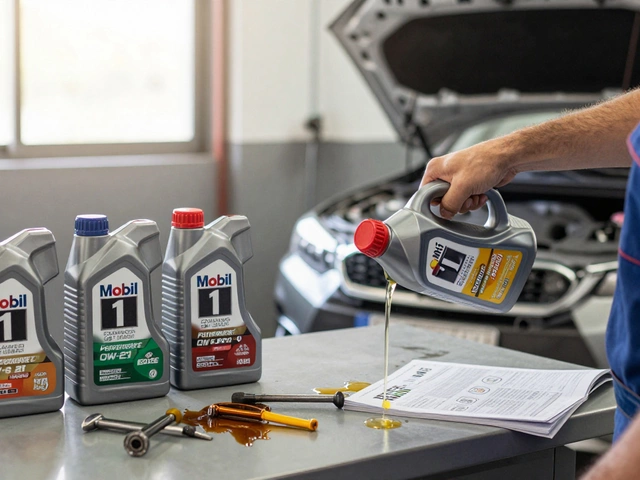



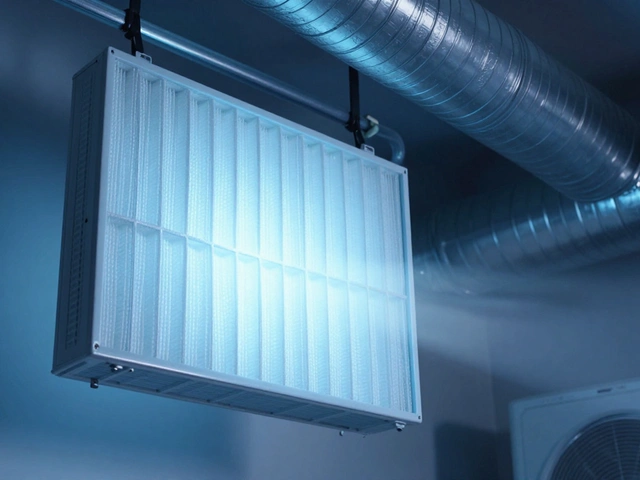
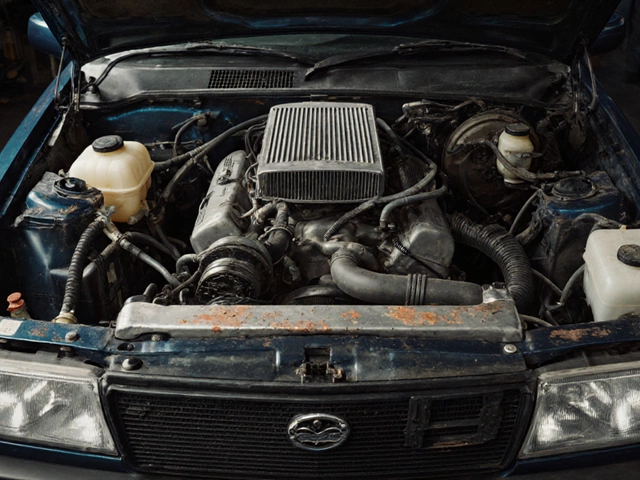

Write a comment